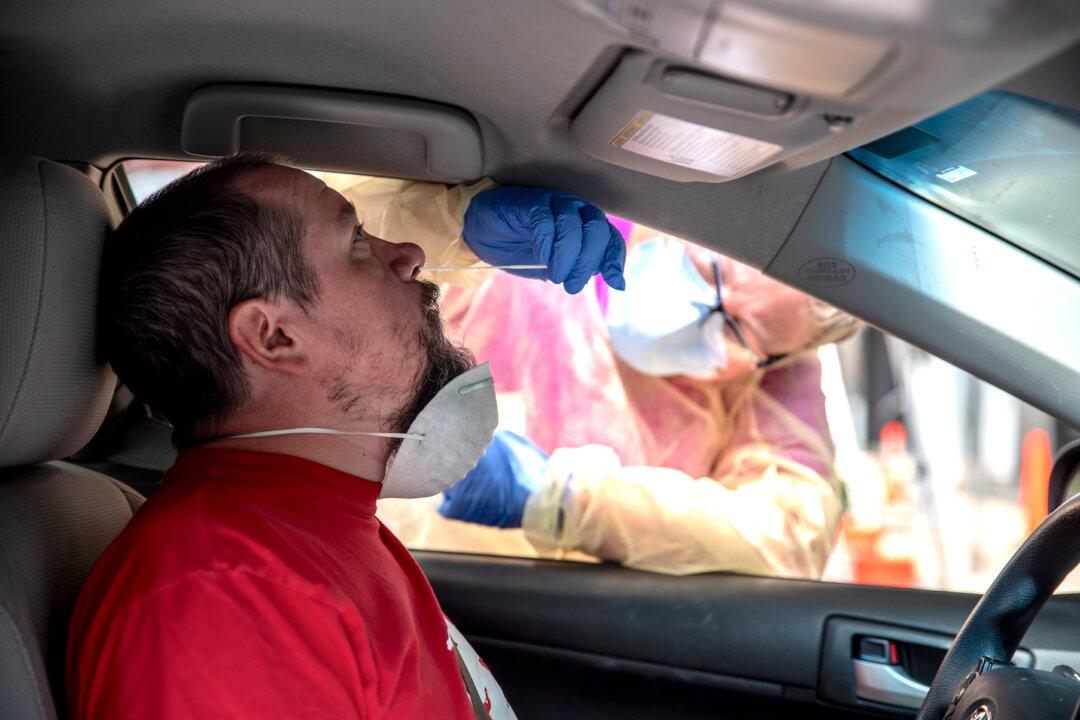Commentary
The COVID-19 pandemic has been called one of the biggest challenges in our nation’s history, and to the world. It’s been called a war, and just like in a war, we need to mobilize resources.

The COVID-19 pandemic has been called one of the biggest challenges in our nation’s history, and to the world. It’s been called a war, and just like in a war, we need to mobilize resources.